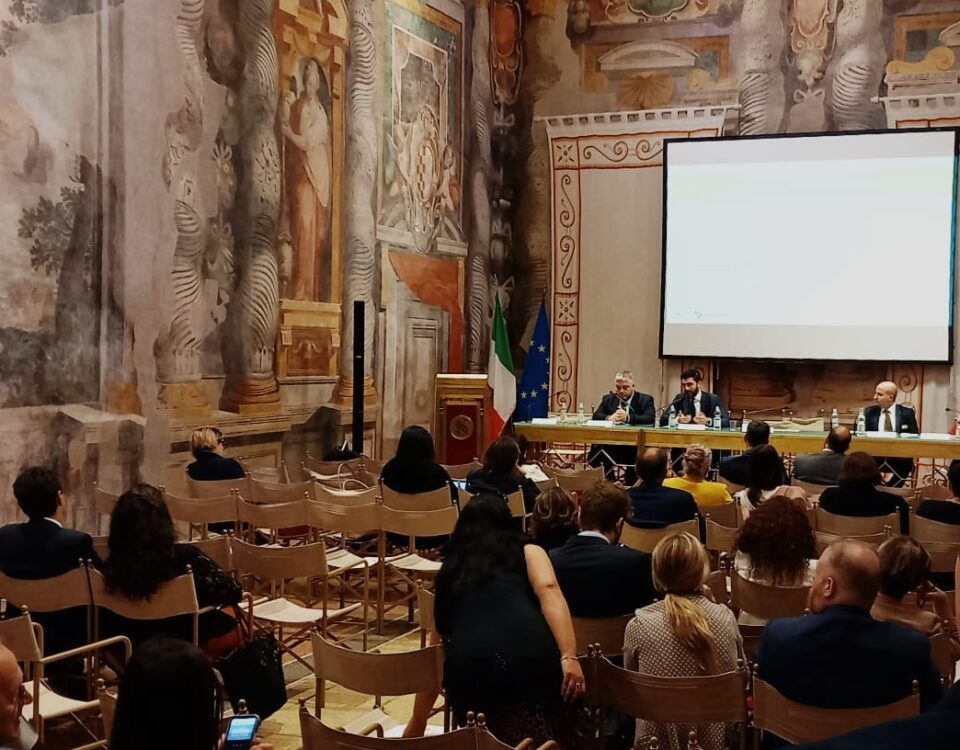Amniocentesi: nuovo test potrebbe mandarlo in pensione
18 Marzo 2005Mouse Model May Unlock Secrets of Rare Brain Disease
23 Marzo 2005Advances in Autism Research
In this issue of the journal, there are three papers which each contribute to the discussion of a major issue in autism today.
(1) In nonsyndromic autism, there is a genetic controversy whether it is one disease entity with a host of susceptibility genes, or a series of separate diseases whose individual pathology affects behavioral/cognitive networks shared in common.
For 10 years there has been an intensive effort to find a susceptibility gene to a postulated single disease entity presenting as nonsyndromic autism/Asperger syndrome, to date this effort has failed. Instead, gradually a small number of patients are being reported, each with their own familial genetic mutations, although it is too soon to be sure if these are single gene diseases.
Among those identified were individuals with autism and respiratory chain disorders secondary to a variety of mutations in mitochondrial DNA (mtDNA). The finding of lactic acidosis and the documented impairment of mitochondrial energy metabolism in children with autism had led to investigations of mitochondrial disease in this patient group. The reported cases have mutations in mtDNA1,2 as well as deletion3 and depletion of mtDNA.2 It has been specifically stated that some of the children reported with an mtDNA abnormality did not appear to be different clinically from children with primary autistic spectrum disorders. The paper by Oliveira et al. in this issue4 of the journal reports that 5 out of 69 (7.2%) of a population-based sample of carefully diagnosed Portuguese children with typical or atypical autism definitely had respiratory chain disorders. If this percentage is confirmed, this -will be the largest subgroup of apparently nonsyndromic autism yet described with an identifiable disorder.
The mutation rate of mtDNA is much higher than that of nuclear DNA. This high mutation rate means that even control individuals may sometimes possess mutations, making for caution in interpreting complicated literature. Also, identifying a respiratory chain disorder does not prove a genetic aberration in mtDNA, some of the mitochondrial diseases affecting the respiratory chain can also be due to mutations of genes in the nuclear genome. One of the characteristics of most mtDNA-related disorders is that there is a phenotypic expression of the pathogenic mutation only if the mutant mtDNA exceeds a certain threshold (the threshold effect). Features of mitochondrial genetics, the threshold effect and mitotic segregation, raise the theoretical possibility of a strategy to reduce the percentage of pathogenic mutations, possibly even affecting the degree of heteroplasmy between wild-type and mutated mtDNAs in a living child. An initial approach to that strategy, in patients with autism and an alteration of mitochondrial function likely secondary to duplication of the maternally derived chromosome 15q11-q13, has been reported.5
(2) In syndromic autism, there is a clinical debate about what percentage of children with autism actually suffer from syndromic autism (a child meeting autistic criteria in spite of having another diagnosed syndrome).
The paper by hsgren et al.6 tackles the subject of children with congenital ataxia, a very difficult diagnostic category in pediatric neurology. Careful neuropsychiatric evaluation revealed that 50% of such children could be classified as having a problem in the autistic spectrum, this is a higher percentage than is found in most syndromes which have a subgroup of children with autistic traits. This study also found a lack of clear correlation between cerebellar macropathology and neuropsychiatric disorders.
(3) In the autism literature, some papers claim abnormal levels of body fluids in children with autism when the tests were performed without adequate standards and/or controls.
The paper by Wright et al.7 is a healthy antidote to botched literature claiming that there is an excess of indolyl-3- acryloylglycine (IAG) in the urine of children with autistic traits.
Mary Coleman




